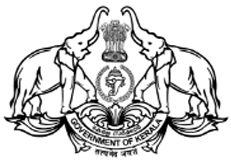Department of Physiotherapy with its exercise-oriented approach has assumed the role of non-separable entity for disability treatment.
Department of Physiotherapy with its exercise-oriented approach has assumed the role of non-separable entity for disability treatment. Helping the special children to defeat AND overcome their disability and also to become an independent individual in the society – this approach is particularly rewarding in rehabilitation program in such diseases as, Cerebral Palsy, Peripheral Nerve Palsy etc. Physiotherapy is an integral part of Modern Medicine. It is a drug-less therapy. It is a dynamic Science. During course of time many more modalities are adding to this speciality. It has major role in prevention and medical rehabilitation of the physically challenged. Physiotherapy has major role in diagnosis, preventive and prognosis of many disorders like PARALYSIS, ORTHOPEDIC CONDITIONS, ARTHRITIS and JOINT DISEASES, CARDIO/RESPIRATORY disorders, from childhood to old age diseases.
Using the International Classification of functioning model, physiotherapist’s interactions with each patient encompasses six elements of patient/client management.
These include:
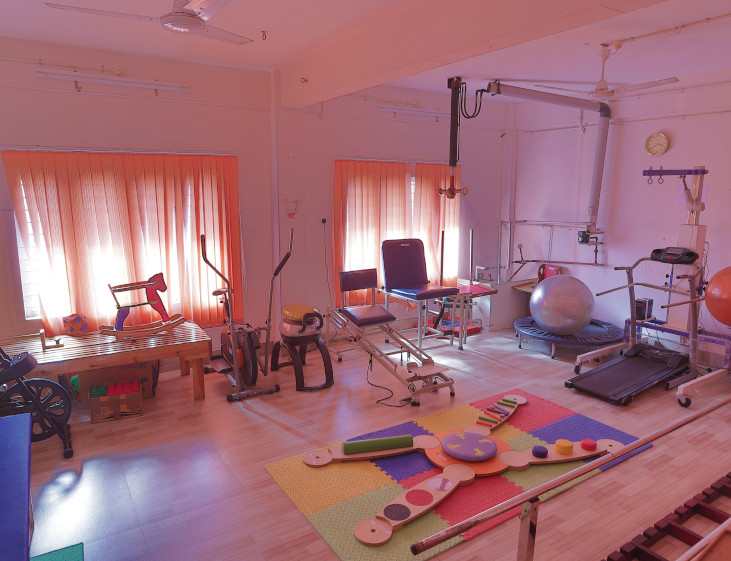
Examination is required prior to initial intervention for all cases. It includes a comprehensive screening and specific testing to determine impairments, activity limitations, and participation restrictions. The three major components of any examination are history, systems review, and tests and measurements.
Evaluation refers to the clinical judgment made based on the clinical findings and history acquired from the examination in concern with knowledge regarding the Specific health condition, Environmental Factors, Body Structure and Function, Personal Activities Participation.
PT Diagnoses are those labels that can identify the impact of a condition on function at the level of the body system.
Prognosis is the determination of predicted optimal level of improvement in function and the amount of time needed to reach that level. In non-school environments, this would be the plan of care, in school or early intervention environments, this would be the Individual Education Plan.
Intervention is the intended interaction of the therapist with the patient/child or other providers/support staff involved with physical management of the patient/child. This may include treatment, coordination, communication, documentation and instruction.
Outcomes are the anticipated, projected goals and objectives from intervention
Kapil has 15 years of experience as physiotherapist and interested in rehabilitation of musculoskeletal, paediatric populations. He has passion in use of neuro technological advances to practice. His analytical thinking and his ability to connect with people makes him the best therapist. He is also a certified Aquatic therapist and Kinesio Taping practitioner.
View ProfleEach patient is assessed to identify specific individual needs, set therapy goals and create a tailor-made treatment programme.
Treatment may include:
Paediatric physiotherapists help children to achieve their optimal physical development. They have specialist knowledge in the movement, development and conditions that are likely to affect the baby and growing child and treat from 1-day-old babies to adolescents. Treatment may involve, mobilisation, stretching, specific therapeutic exercises and posture education. Because Children are not small adults these therapists encourage children to move to the best of their abilities through play and age appropriate fun and instruction. Paediatric Physiotherapy unit provides services for clients with conditions which cause delay to a child's on-going physical development e.g. Cerebral Palsy/Down Syndrome, Developmental disabilities and other clients with Multiple Disabilities.
Neurological physiotherapy involves the treatment of people with movement and function disorders that have originated from problems within the body’s nervous and neuromuscular system. These conditions often manifest themselves as muscle weakness, poor balance and coordination, uncontrolled muscle spasm and tremors, loss of function and decreased sensation. Common neurological conditions include
Ortho Physiotherapy involves the treatment of disorders that affect how you move – how your muscles and joints work together. Whether it’s your feet, ankles and legs, your hands, arms and shoulders, or your backs and necks – an injury that makes it painful or difficult to move can have a big impact on your life.
Physiotherapists are specialists in the management of movement disorders. We will talk with you, observe your movement and use a hands-on assessment to evaluate your problem. We will take the time to explain your diagnosis and develop a treatment plan. Facilities available include Ultra-sound Therapy, Shortwave Diathermy, Laser, Interferential Therapy, TENS, Shockwave and Bio feedback.
All kinds of exercise equipment as per requirement of patient is also available.
Aquatic Therapy refers to treatments and exercises performed in water for relaxation, fitness, physical rehabilitation, and other therapeutic benefit. Treatment and exercise are performed while floating, partially submerged or fully submerged in water and performed in a specialized temperature controlled pool.
Various properties of water contribute to therapeutic effects, including the ability to use water for resistance in place of gravity or weights, thermal stability that permits near constant temperature, hydrostatic pressure that supports and stabilizes and that influences heart and lung function, buoyancy that permits flotation and reduces the effects of gravity and turbulence and wave propagation that allow gentle manipulation and the movement
Also called “Water Shiatsu", a combination of Aqua therapy and Shiatsu. Watsu is based on stretching the body in the supportive, relaxing medium of warm water. Beside the physical aspect, also the mental aspect has a great importance during this therapy. The Watsu method has a general relaxation and calming effect that soothes the muscle tension and stimulates all of the body systems and organs by nourishing the energy flow.
This is an aquatic treatment approach based on proprioceptive neuromuscular facilitation.
This method promotes teaching individuals about the quality of their movements and how to move effortlessly with ease and efficiency.
This method takes a holistic approach using Aquatherapy as a learning activity for all people, particularly those with physical or learning difficulties, to be confident to move independently and become a part of a group setting involving water activities.
A method of Aquatherapy designed to address the 6 precepts of fitness: strength; flexibility; balance; co-ordination, endurance and speed. It is promoted as a great way to recover from injury or surgery.
Aqua Running (Deep Water Running or Aqua jogging) is a form of cardiovascular conditioning, involving running or jogging in water, useful for injured athletes and those who desire a low-impact aerobic workout. Aqua running is performed in deep water using a floatation device (vest or belt) to support the head above water
Maxi Sky is a high-performance overhead track system that attaches to a harness protecting the patient from falling. Solo-Step provides support and increases confidence for patients during all aspects of physical therapy, including sit-to-stand, walking therapy, balance training and climbing stairs.
Track System will help:
Functional Electrical Stimulator, this is a new-type electrical device that enables artificial training (exercise) by giving electrical stimulation to the motor points that dominate the paralyzed muscles. MEGA XP with built-in program of rehabilitation treatment pattern for strokes and upper/lower limb paralyzed patients by spinal cord Injury, is specially designed to give maximum relaxation and recovery of physical disorder.
Also with built-in program of training pattern by each stage for upper/lower limb paralyzed patients, helps for training of catching, releasing and drinking for the upper limb paralyzed, and for standing and walking exercise for the lower limb paralyzed.
Is an advanced Functional Electrical (FES) Stimulation System for the treatment of Foot Drop caused by Upper Motor Neuron Injury such as:
Utilizing a tilt sensor and accelerometer technology, stimulates the common peroneal nerve to lift the foot at the right time during the gait cycle, prompting a more natural, efficient, and safe walking pattern. FIMT - 2001D users have the freedom to walk with or without footwear, up and down the stairs, and all directions.
ehab treadmill Features of one speed control motor, an incline motor, and a decline motor. Three motors together help users to achieve bi-directional training in combination with uphill or downhill protocols. Adding more versatility to exercise and therapy options, the parallel bars, deck height, and belt speed acceleration are adjustable in small and precise increments.
Verteo enables a single therapist to assist a patient or resident from a seated to a standing position, in one natural movement. Promotes comfort and security throughout and at the completion of the sit-to-stand movement. Forward movement, combined with the flexible leg supports, enables a natural and comfortable sit-to-stand movement.
One of the most fundamental motions required to maintain/sustain a greater quality of life is the ability to stand from a seated position. Performed many times throughout the day, this bio-mechanically demanding movement requires lower extremity joint torque and range of motion than walking or stair climbing.
In addition to lower extremity strengthening, the Sit2Stand™ contributes to upper extremity strength gain. Upper extremities often compensate for lower extremity weakness, which can lead to upper extremity pain. There is a correlation between increased leg strength and reduction in shoulder problems relating to the sit-to-stand motion.
By varying seat height and foot position, the patient will learn the effects of body position and joint angle to control center of mass and the role of momentum in rising.The large, comfortable contoured seat with pivoting backrest articulates naturally to correspond with pelvic tilt during sit-to-stand motion. Adjustable start and end seat position accommodates varying amounts of hip flexion and orthopedic conditions.
KINETEC KINEVIA DUO features a leg + arm trainer system making it complete rehabilitation device for the whole body. The ingenious rotating system for the arm exerciser will provide excellent comfort to the user during both arm and leg treatment.
HUBER® 360 features the new Multiaxis Motorized Platform.
It comes equipped with force sensors built into the platform and handles. Trained by a health professional, patients will work safely on both physical and cognitive skills: that’s Neuro-Muscular Rehabilitation.
Once mobility and flexibility have been recovered on HUBER® 360, patients can enrol into a Health Sports Program to maintain and improve their health.
Rehab with HUBER® 360 - the treatment is broken down into four movement fundamentals
1. Flexibility and Mobility
2. Dynamic Strengthening
3. Posture and Balance
4. Resistance
VisioGait is an interactive rehabilitation concept which is developed dedicatedly considering the losses emerged in patients after cerebrovascular accidents.
VisioGait is equipped with sensors that tracks the positions of the joints and weight distribution of the patient. Data gathered from the sensors is processed by a Visual Motivation System (VMS) which is a specially developed software for rehabilitation purposes. In this way, the patient can full the tasks induced by animation on the screen by appropriate body movement.
With Kinect™ on the VMS unit, all the joint positions of the patient body are always tracked.
With the force sensors underneath the treadmill, the position of the center of gravity of the patient body is always tracked.
With the force sensors in the lift and treadmill units, weight portions on the rope and the ground are always tracked separately.
Treadmill speed can go down to 0.1 km/h.
Since the VMS unit can be positioned anywhere around the treadmill, it is possible to do applications of sideways-walking and backward-walking.
On the VMS screen total step count, total distance and total energy consumption parameters are always tracked.
All the games on VMS have adjustable difficulty level.
All the games on VMS have adjustable density level.
VMS can be updated with newer versions via the internet.
The device is suitable for both paediatric and adult patient groups.
INDICATIONS:


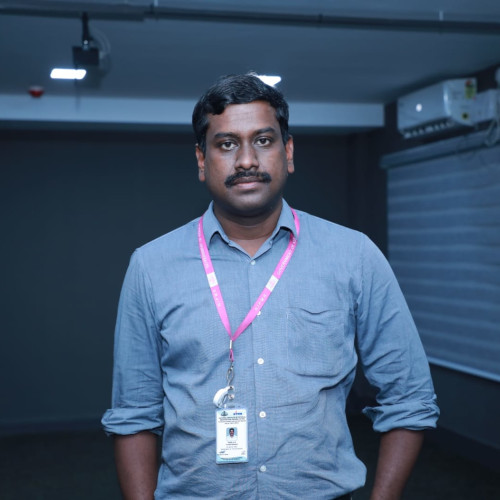
Kapil has 15 years of experience as physiotherapist and interested in rehabilitation of musculoskeletal, paediatric populations. He has passion in use of neuro technological advances to practice. His analytical thinking and his ability to connect with people makes him the best therapist. He is also a certified Aquatic therapist and Kinesio Taping practitioner.
Senior Physiotherapist at Thressima memorial hospital kalletumkara, Thrissur
Proficient in English, Hindi, Malayalam
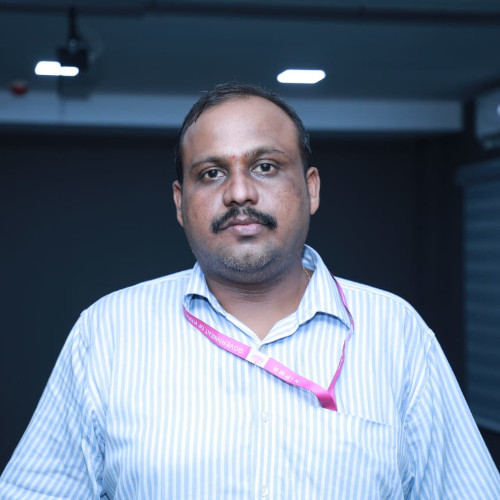
He is working as a physiotherapist at NIPMR with 12 years of experience in paediatric, neurological and orthopedic departments. He is a Kinesio Taping and Theratog practitioner. His area of special interest is adult population affected with acute and chronic orthopaedic conditions and has experience in this area.
Bachelor of Physiotherapy [BPT] – 2006)Dr MGR Medical university, chennai
Language proficiency : Proficient in English, Tamil, Hindi, Malayalam
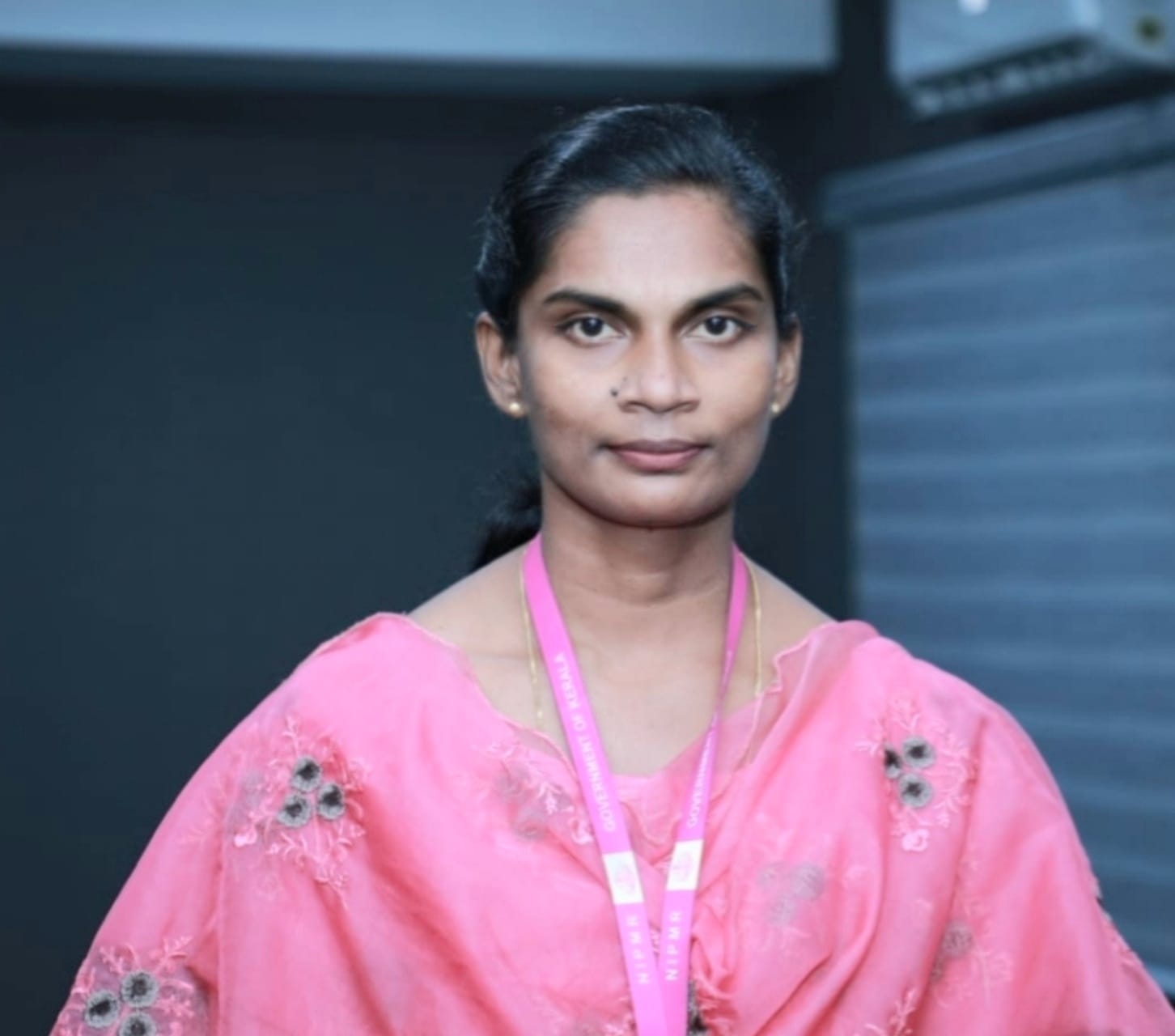
Asha is a dedicated and caring physiotherapist with 14 years of experience providing high quality care to patient in rehabilitative settings. She is always open to learn from experts in other disciplines such as doctors and psychologists to maximize the best outcome for the patient. She is certified Theratog and Kinesio Taping practitioner also.
Bachelor of Physiotherapy [BPT] – 2007), Mahatma Gandhi university, Kottayam.
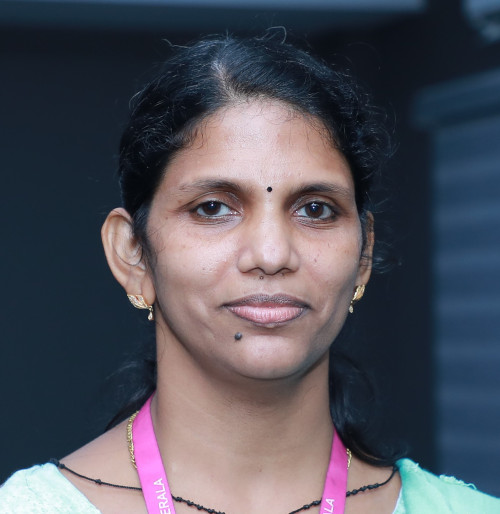
Shelvy is a Physiotherapist at NIPMR since 2015. She has more than 19 years of extensive clinical experience in the Adult and Paediatric Physiotherapy Departments of various hospitals and private clinics in Kerala. Her area of special interest is children affected with acute and chronic neurological conditions. As a physiotherapist and certified Kinesio Taping practitioner she uses her expertise to specialize in all aspects of human performances.
Bachelor of Physiotherapy [BPT] – 1997) – DR MGR MEDICAL UNIVERSITY, CHENNAI
Language proficiency : Proficient in English, Hindi, Malayalam, Tamil
She is an experienced physiotherapist with a professional, dedicated, compassionate and conscientious approach in client care. She joined in NIPMR as a physiotherapist in 2015. She has 13 years of working experience in Paediatric and Adult Departments. She is also a certified Kinesio Taping and Theratog practitioner.
Bachelor of Physiotherapy [BPT] – 1997 Dr. M. G. R Medical University, Chennai in 2003.
Language proficiency : Proficient in English, Hindi, Malayalam, Tamil
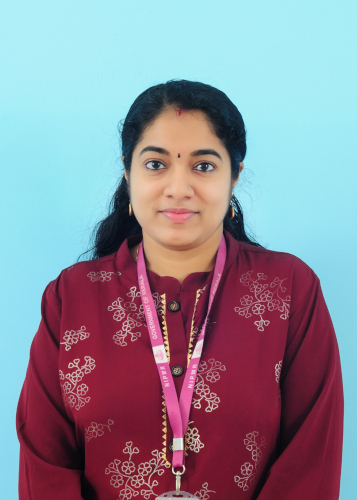
Remya joined as physiotherapist in Regional Autism Research and Rehabilitation Centre NIPMR. She have an experience of more than 10 years including clinical and teaching. She is specialised in Adult and Paediatric Neurology & Psychosomatic disorders. Her areas of interest are Paediatric and neurological conditions. She is a certified Kinesio Taping and Theratog practitioner.
Associate professor AWH special college, Calicut
Language proficiency : Proficient in English, Hindi, Malayalam, Tamil
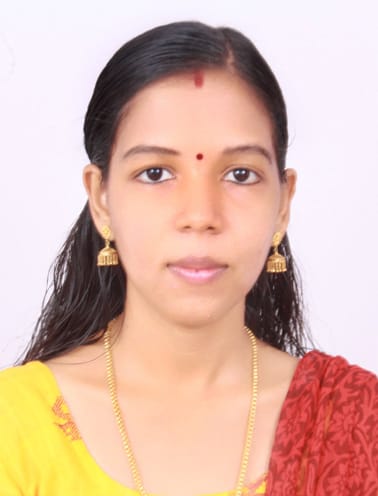
Sreela is a physiotherapist at NIPMR with 5 years of experience handling paediatrics and adult patients. With a pleasant outlook and excellent communication skills, she is very passionate person who deals with children who have neurodevelopmental disorders.
Worked as physiotherapist at We Care Special School, Aluva
Language proficiency: Proficient in English, Hindi, Malayalam
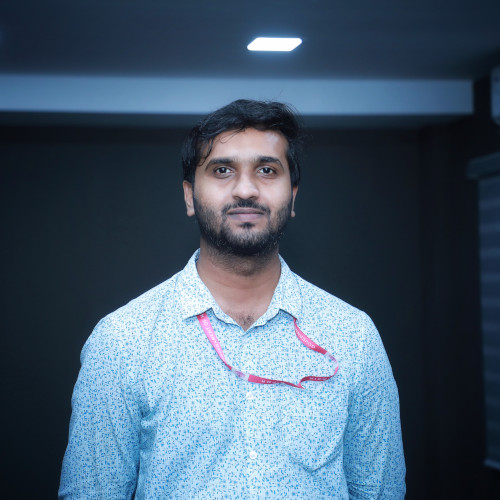
A physiotherapist trained in management of neurological disorders in patients of all ages. His areas of special interest include management of neurological conditions, sports, physiotherapy management of orthopedic surgeries such as TKR and THR, and post CABG care. Trained in both inpatient and outpatient care and acute management of emergencies and critical patients in ICU.
Proficient in English, Hindi, Malayalam, Tamil
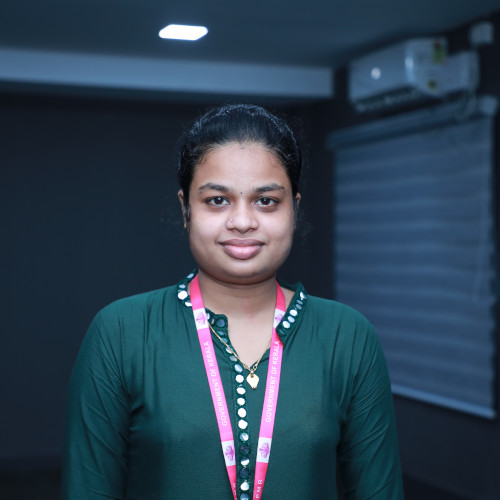
Nimya is a physiotherapist in NIPMR with more than 3 years of experience in rehabilitating various cases pertaining to neurological, musculoskeletal and pediatric disorders. She tries to identify one area of specialization within the profession and focus on acquiring the necessary skill set to achieve high proficiency. She is specialized in Paediatric Physiotherapy and passionate to work with children who has neurodevelopmental disorders.
Physiotherapist at Aashraya Neurodevelopmental Centre, Thrissur
Language proficiency : Proficient in English, Hindi, Malayalam, Tamil, Telugu

Nimisha working as physiotherapist in CPRRC - NIPMR with more than 9 years of experience in rehabilitating various cases pertaining to Neurological, Musculoskeletal and Paediatric Disorders. Her qualities include ability to build a rapport with patients from a variety of backgrounds and communicate with their relatives and take-carers, tolerance and patience, interpersonal skills and team working skills with high proficiency & professionalism. she is also a certified aquatic therapy practitioner.
Language proficiency: Proficient in English, Hindi, Malayalam, Tamil

Altris is a highly skilled physiotherapist at NIPMR with over one year of experience in rehabilitating a diverse range of cases, including neurological, musculoskeletal, and pediatric disorders. Her approach is patient-centered, focusing on creating personalized treatment plans that address the unique needs of each individual., she is committed to helping her patients regain their mobility, strength, and confidence. Her goal is to support each patient on their journey to improved health and a better quality of life. In addition to her extensive experience, she is also a certified manual therapist, bringing advanced techniques and expertise to her practice.
Language proficiency: Proficient in English, Hindi, Malayalam

Agna joined in 2023 as a physiotherapist at the CPRRC, NIPMR. She has clinical experience in paediatric and adult rehabilitation. Her area of special interest is rehabilitation for children with neurodevelopmental disorders. She is specialized in Paediatric Physiotherapy and passionate to work with children who has neurodevelopmental disorders. She is a certified Instrument Assissted Soft Tissue Mobilization practitioner.
Language proficiency: Proficient in English, Hindi, Malayalam,


